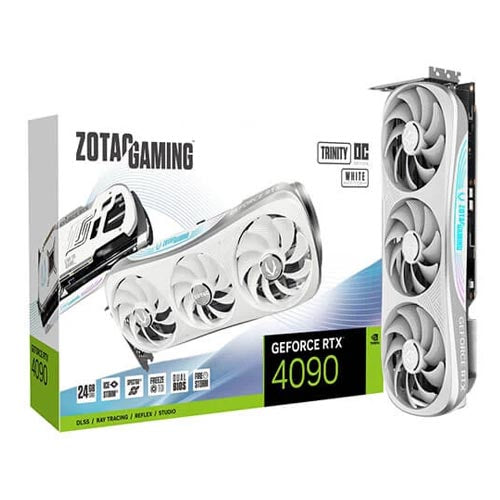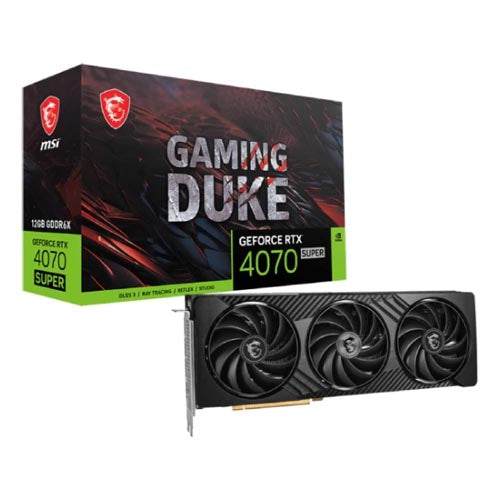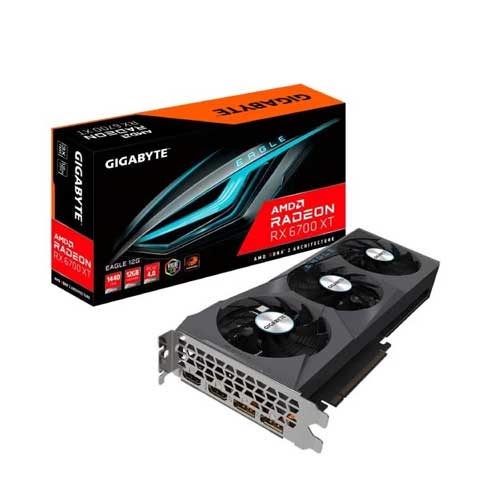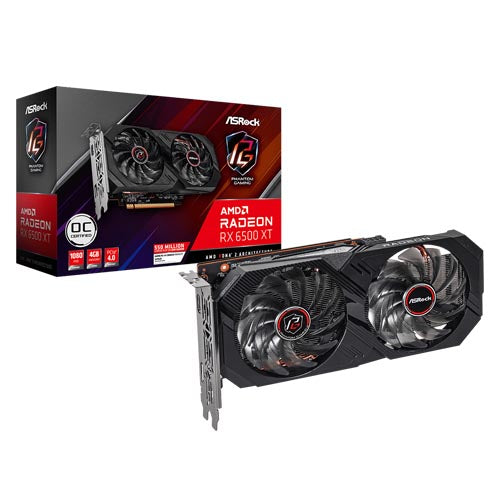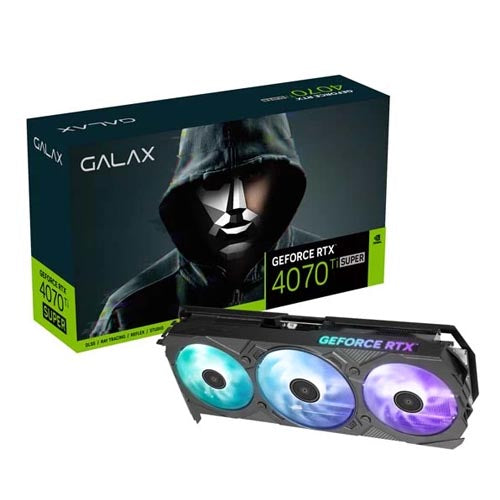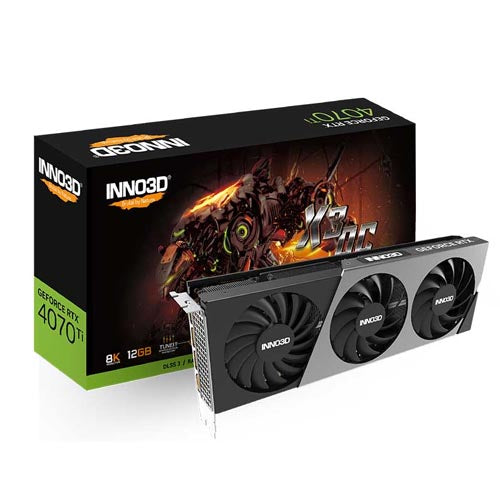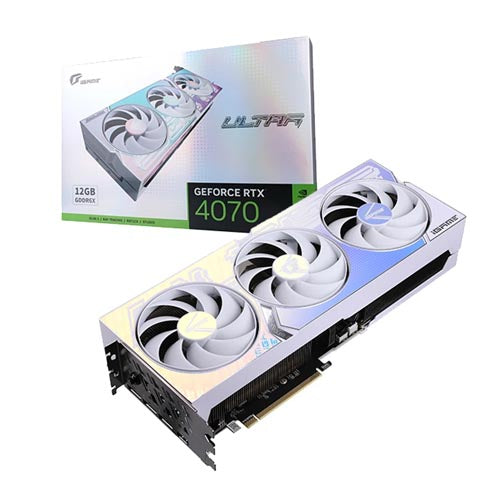
In the digital era, IT infrastructure is no longer just a support system—it’s a business enabler. From mission-critical databases to real-time applications and cloud-native environments, enterprise servers must maintain high availability and resilience at all times. Yet, even the most robust server architecture can be rendered vulnerable by a simple oversight: the lack of a properly managed spare part inventory.
Spare parts—such as RAM, SSDs, PSUs, RAID controllers, and cooling systems—are the silent guardians of IT uptime. When managed well, they minimize mean time to repair (MTTR), prevent service interruptions, and support lifecycle extension strategies. When neglected, they become points of failure, increasing operational risk and total cost of ownership (TCO).
In this blog, we explore the technical foundations of spare part inventory management for IT infrastructure. We will break down how to forecast demand, categorize parts by criticality, automate tracking, and build high-efficiency spares protocols using real-world best practices and tools.
Why Spare Parts Matter in Enterprise IT
Servers, storage systems, and networking hardware are composed of modular components that wear out over time. These parts can fail unpredictably—sometimes due to power surges, thermal stress, or firmware corruption. When failure occurs, having a compatible spare part available determines whether you restore operations in minutes or suffer extended downtime.
A single failed component—be it a memory DIMM, redundant PSU, or NVMe SSD—can bring a mission-critical system offline. In cloud data centers and edge environments alike, spare part management directly impacts:
-
Uptime and SLA compliance
-
Disaster recovery readiness
-
Lifecycle extension strategies
-
Procurement efficiency and cost control
Technical Classifications of Spare Parts
To manage spare parts effectively, it's important to classify them based on their function, failure probability, and criticality.
Critical Components (High Risk of Downtime)
-
Power Supply Units (Redundant PSUs)
-
System Fans and Thermal Modules
-
ECC Memory (DIMMs)
-
Boot Drives (SATA/NVMe SSDs with OS images)

These are prioritized for hot-swap or immediate replacement scenarios.
Core Performance Enhancers
-
CPU heat sinks and retention brackets
-
RAID controllers and HBAs
-
NICs (1GbE, 10GbE, 25GbE)
Failure of these parts may not cause immediate outage but will degrade performance or limit functionality.
Lifecycle-Limited Storage Media
-
SAS/SATA/NVMe SSDs
-
HDDs (for archiving or cold storage)
These components degrade with write cycles (SSD TBW ratings) or mechanical fatigue (HDD spindle wear).
Low-Frequency Spares
-
CMOS batteries
-
PCIe risers
-
Backplanes and I/O panels
These are rarely replaced but should still be stocked for legacy or mission-critical deployments.
Technical Approach to Forecasting Spare Needs
Use MTBF and AFR Metrics
Mean Time Between Failures (MTBF) and Annualized Failure Rate (AFR) from vendor datasheets help estimate when components are likely to fail. For example:
-
A 1.5M-hour MTBF on a PSU = ~5 years of 24/7 use
-
An SSD with 0.8% AFR = 1 in 125 drives fail per year
Using MTBF, IT admins can build time-based stocking plans.
Factor in Environment-Specific Stressors
Servers in high-density racks or poor thermal zones have faster part degradation. Real-time telemetry from IPMI (Intelligent Platform Management Interface) or BMC tools helps calculate temperature-adjusted lifespan.
Track Historical Failure Patterns
Historical RMA logs and support tickets reveal which models or vendors have higher failure rates, helping in priority stocking.
Building a Tiered Spare Inventory Strategy
Tier 1 – Mission-Critical Spare Pool
Components used in production databases, customer-facing applications, or virtualized workloads. These spares are stored on-premises or within a <2-hour delivery window.
Tier 2 – High-Availability (HA) Infrastructure
Used in internal services (e.g., AD, DNS, file servers). Spares are kept at central IT warehouse or co-location sites.
Tier 3 – Non-Critical or Legacy Systems
For development, QA, and archive systems. Just-in-time ordering may be acceptable. Parts nearing EOL should be retired from this tier.

Inventory Management Tools and Techniques
Asset Tracking and Barcoding
Each spare should be cataloged using barcodes or RFID and tracked with software like:
-
ServiceNow ITAM
-
Snipe-IT
-
ManageEngine AssetExplorer
Tracking should include:
-
Serial number
-
Warranty status
-
Location
-
Compatibility matrix (server models supported)
Storage Environment and ESD Protocols
Spare components should be stored in:
-
Temperature-controlled areas (18–22°C)
-
ESD-safe containers and anti-static bags
-
Clearly labeled bins by category and model
FIFO and Usage Logging
Use First-In-First-Out (FIFO) replacement strategy to avoid firmware drift or component aging. All deployments must be logged against incident/change tickets.
Spare Part Compatibility and Firmware Matching
Part Number (P/N) Validation
Ensure spare parts have identical or cross-certified part numbers. For example, HPE smart drives use specific part numbers tied to firmware support. Using third-party drives may trigger warning LEDs or reduced functionality.
BIOS and Firmware Alignment
Replacing a controller, NIC, or SSD with a newer revision may require BIOS updates or firmware cross-matching. Maintain a local copy of:
-
Firmware files
-
Release notes
-
OEM compatibility charts
Vendor Lock-In Considerations
Some vendors enforce component whitelisting. Installing non-certified RAM or SSDs may void warranties or trigger degraded mode operations.
Just-in-Time vs. Just-in-Case: Inventory Models
Just-in-Case (JIC)
Pros:
-
Instant availability
-
No lead time for mission-critical parts
-
Reduces risk in supply chain disruptions
Cons:
-
Requires storage space and environmental controls
-
Risk of obsolescence or expiration
Just-in-Time (JIT)
Pros:
-
Reduces inventory cost
-
Ensures latest part revisions
Cons:
-
Risky for hard-to-source or EOL parts
-
Lead times increase MTTR
Best Practice: Hybrid model with JIC for Tier 1, JIT for Tier 3.
Automating Spare Lifecycle and Reorder Triggers
Set Thresholds in ITAM Platforms
Configure minimum stock levels and automatic reorder alerts based on usage trends or vendor lead times.
Integrate with Ticketing Systems
Spare usage tied to ITSM (e.g., Jira, Freshservice) creates a traceable audit trail and usage analytics.
Forecast Using AI and Analytics
AI-driven tools analyze historical usage and workload stress patterns to predict future part needs, especially in large-scale environments.

Compliance, Auditing, and EOL Management
EOL Awareness
Track hardware support lifecycles (e.g., via Dell, Cisco, HPE EOL tools). Plan for spare exhaustion or migration well before vendor support ends.
Audit Readiness
Maintain logs of:
-
Serial numbers installed per system
-
Who installed each part and when
-
Firmware and BIOS versions
-
Part failure and replacement history
This is critical for regulated industries (healthcare, finance) and internal audits.
Secure Disposal of Dead Parts
Failed components may contain data (e.g., SSDs with cached snapshots). Use certified destruction or degaussing for proper disposal.
Global Supply Chain Risks and Strategies
Geo-Redundant Stocking
In global deployments, spares should be distributed regionally to avoid customs delays or geopolitical disruptions.
Preferred Vendor Agreements
Negotiate SLAs with OEMs or distributors for:
-
Overnight shipping
-
Bulk discounts
-
Advance replacement warranties
Blockchain and Serialization
Newer models embed blockchain-backed serial tracking to validate authenticity and combat counterfeit part infiltration.
Conclusion: A Strategic Asset in IT Resilience
Spare parts aren’t just replacement units—they’re strategic assets that support uptime, security, and cost efficiency. By adopting a technical approach to inventory management—grounded in failure analytics, compatibility mapping, and predictive stocking—enterprises can reduce downtime, optimize their TCO, and extend the useful life of their infrastructure.
In a world where milliseconds of downtime can lead to millions in losses, your spare inventory might be the most important insurance policy your IT team ever maintains.
